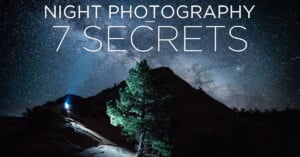
7 Pro Tips for Crushing Your Night Photography
People ask me all the time how I get my night shots with the stars, so I made a video on the subject. Here are my 7 tips for crushing night photography.

People ask me all the time how I get my night shots with the stars, so I made a video on the subject. Here are my 7 tips for crushing night photography.
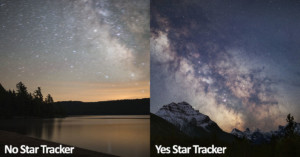
Astrophotography is generally a race against time to capture as much subtle starlight we can before the stars create trails in our images. The movement of the Earth puts a natural limit on how much sharp, subtle detail we can reveal. We have to use super fast, wide angle lenses and high ISO values to see all the awesome detail. Fortunately, a tool exists to circumvent this barrier to reveal more of the hidden magic we have in our night sky.
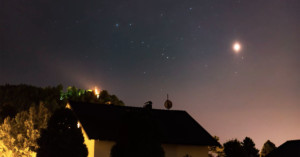
Mars is brighter than it has been for 15 years this month, and it's so bright that you can shoot its reflection in the ocean. Felix Jäger of Austria shot this 30-second timelapse showing the uber-bright red planet rising into the sky from behind his house.
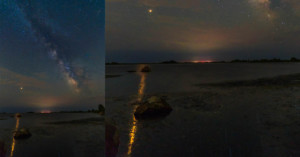
Mars is closer to Earth and brighter than its been since back in 2003. It's so bright that photographer Abdul Dremali managed to capture this photo of the planet casting a bright reflection on the ocean as it rose into the night sky.

I’m an avid night sky photographer that cut my teeth capturing the stars using the original Canon 6D. I shot with that camera for years until purchasing the Sony a7S (Mark I) after reading about how it could essentially “see in the dark.”
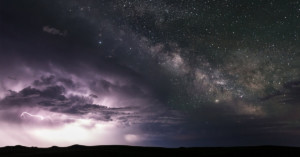
I have captured photos of stars above distant thunderstorms before, but I never imagined I would be able to capture the Milky Way above a nearby thunderstorm. While out storm chasing in Eastern Montana on June 4, 2018, that's exactly what happened.
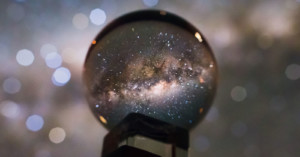
Photographer and astronomer Juan Carlos Munoz was browsing a flea market in Santiago, Chile, a few days ago when he stumbled across some crystal balls. He bought one for a few dollars and then decided to use it for astrophotography. This "cosmic marble" photo of the Milky Way in a crystal ball is what resulted.
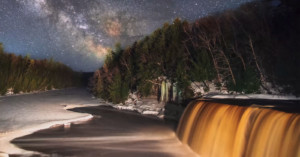
Photographer Dustin Dilworth of D3 Imagery visited Michigan's Tahquamenon Falls at night and captured this beautiful 45-second time-lapse video of the Milky Way rising over the falls, which are known for their brown color that's due to the tannins from sedar swamps upriver.
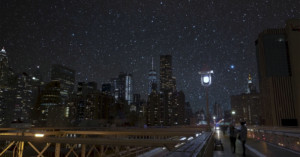
What would New York City look like at night if there were no light pollution to shroud the stars? That's what this new 3-minute short film titled SKYGLOW NYC aims to answer.
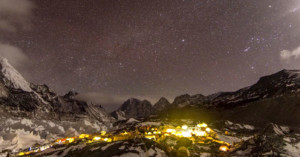
Photographer and filmmaker Elia Saikaly has released a new time-lapse short film titled, Everest. It's a dazzling look at the beauty of the world's highest mountain at night.
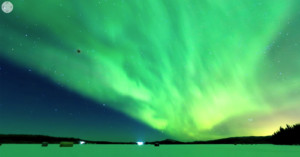
Back on January 31st, photographer William Briscoe set up his cameras near Fairbanks, Alaska, and shot this awe-inspiring 360-degree interactive video of a lunar eclipse in the sky above the dancing green glow of the Northern Lights.
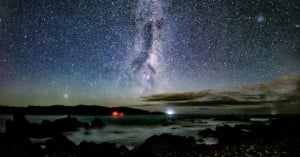
Photographer Jonathan Usher of Wellington, New Zealand, recently created this photo of the Milky Way rising from the horizon near his city. But get this: he wasn't using a tripod or any other stabilization -- not even a rock. It's a "60-second exposure" shot handheld.
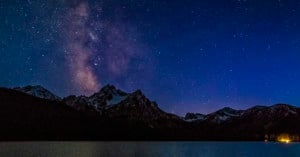
Looking for exceptionally dark skies in the United States? It seems Idaho is the place to visit. A large patch of land in central Idaho has just been designated the first International Dark Sky Reserve in the country, and it's one of only 12 such reserves on Earth.
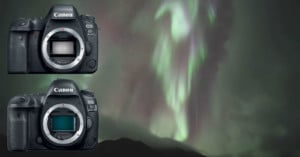
After photographing the solar eclipse in Idaho, I couldn't resist continuing my "long-service leave" and returning to Canada's Yukon Territory for some early season aurora hunting in September 2017. I had just two and half weeks (one New Moon cycle) based with my friends and supporters Andrea and Florian Lemphers at Shallow Bay, north of the capital Whitehorse.
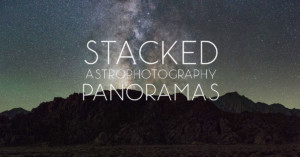
Here's a 24-minute tutorial by photographer Ian Norman of Lonely Speck that looks at how you can stack and stitch panoramas of the night sky. Norman says these are his two favorite techniques for maximizing the image quality of astrophotos.
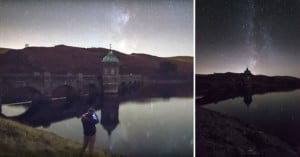
After getting his hands on the new Sigma 14mm f/1.8 Art lens recently, photographer Alyn Wallace decided to take it out into the Elan Valley Dark Sky Park in Wales to put it through its paces. His first test: shooting the Milky Way handheld.
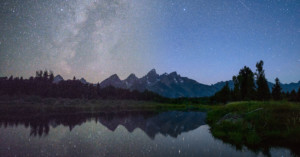
When you’re out taking nighttime landscape photos, one of the most difficult tasks is composing your photos exactly how you want. The reason? It’s simply too dark to see anything.
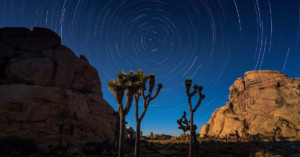
Here's an 8-minute tutorial from Nature TTL and astrophotographer Matthew Saville about how to photograph star trails. Considered by some as the holy grail of astrophotography, this technique harnesses the rotation of the Earth for captivating images.
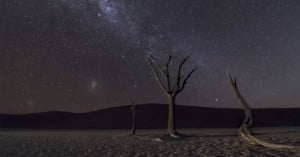
Back in September, we shared an 8K timelapse shot using the Nikon D850 in Iceland. Nikon has just released this new 8K time-lapse that shows what the D850 can do at night.
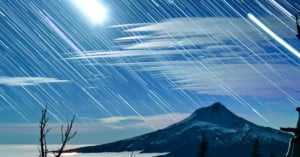
Here's a beautiful new short film by time-lapse photographer Tyler Hulett of Discover Oregon. Titled "Oregon Trails," it shows stacked star trails swirling over the beautiful landscapes of Oregon.
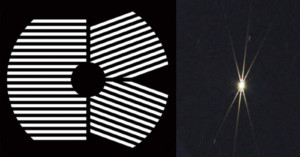
Finding razor-sharp focus when shooting astrophotography can be hard – stars appear as point light sources, and there are no detailed surfaces to aid the eye in achieving focus. The Bahtinov Mask is a widely used tool that cleverly uses diffraction as a focusing aid.
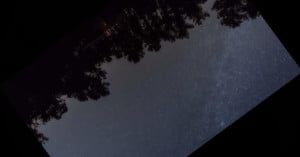
If you point your camera at the sky and film, the stars will arc overhead. That’s because your camera is attached to a giant spinning orb called Earth. This interesting 24 hour time-lapse from YouTuber AlphaPhoenix stabilises the stars by spinning the footage in the opposite direction to Earth’s rotation.

Shooting the night sky can produce amazing images of endless starry skies, but it can be challenging to those used to working with plenty of light. This 15-minute beginner’s guide from Josh Katz teaches the key elements of astrophotography, and how to capture the sky even in sub-optimal conditions.
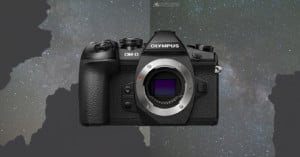
When it comes to optical image stabilization, it seems like nothing comes close to touching Olympus' OM-D E-M1 Mark II. As one photographer recently discovered, the 5-axis optical stabilization is so good, you can actually shoot the Milky Way hand-held with this monster.
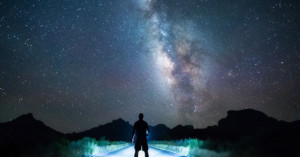
Mike Mezuel II puts on workshops at Big Bend National Park in Texas for photographers who want to learn best to photograph the night sky. In this 5-minute video, follow along as Mike leads his students out on a shoot beneath the dazzling night sky over Texas.
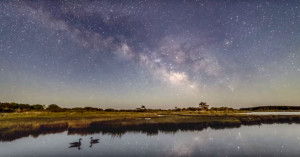
Instead of sleeping last Tuesday night, Baltimore-based photographer Aryeh Nirenberg decided to drive 3 hours to Assateague Island off the coast of Maryland and spend the night under the stars with his Sony a7S II. This dazzling 42-second, 4K time-lapse is what resulted.
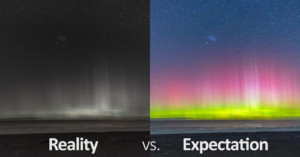
We just had a beautiful Aurora Australis hit New Zealand recently. I was fortunate enough to catch a quiet spot to myself where I could take in the atmosphere and shoot a few images.
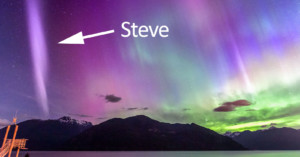
Aurora photographers have been buzzing in recent days about a newly spotted phenomenon in the sky. It's a purple ribbon of light that differs in appearance from standard aurora. After being confirmed as a new phenomenon, it was given a new name: "Steve."
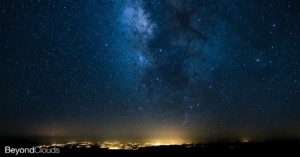
Here's a gorgeous nighttime timelapse shot from a different perspective: this "FlightLapse" was captured from the cockpit of a Swiss airliner during a flight from Zurich, Switzerland, to Sao Paulo, Brazil. It shows the world, glowing cities, and other airplanes passing below the Milky Way above.
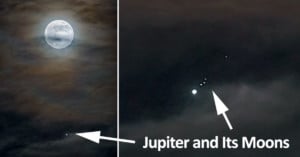
On April 10th, 2017, there was a special meeting in the night sky: the Moon was seen close to Jupiter and Jupiter's four largest moons, known as the Galilean moons. Photographer Göran Strand went out and captured the beautiful photo above of the entire group in a single frame.
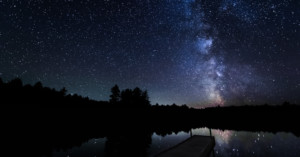
A common rule of thumb to figure out your maximum shutter speed for sharp stars at night is to divide 500 by your focal length. Sometimes it's called the 600 Rule or the 400 Rule or several other numbers that can be used depending on your sensor size. Unfortunately, it's a a very inaccurate rule today.
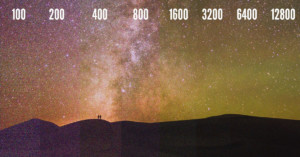
ISO is one of the three major exposure settings in the exposure triangle of a digital camera -- shutter time, f/number, and ISO. Of the three, it is ISO that is probably most misunderstood. Even more so than f/number. In fact, it is a common misconception that higher ISO settings will cause images to be noisier. In fact, the opposite is often true. Wait, what?
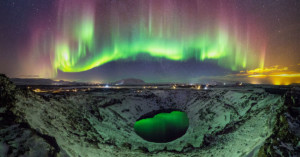
Icelandic photographer Sigurdur William trekked to the Kerid volcanic crater lake at night a couple of weeks ago and captured this amazing photo of the northern lights and starry night sky reflected in the waters.
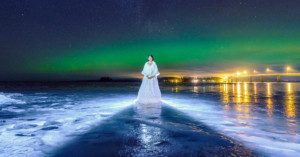
About a year ago, I was asked if I would like to do a wedding photography at night. The bride Erika had seen a photo of a moon halo I took earlier that year. In that photo, I had two friends that I ran into that night. They were out chasing the northern lights and I asked if I could take a photo of them together with the moon halo.
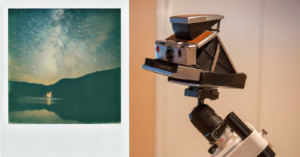
Night sky photography—the milky way, star trails, that sort of thing—usually means a decent camera and a nice bright lens. But photographer Daniel Stein has managed to make it work using just a Polaroid SX-70 and some Impossible Project IP600 film.
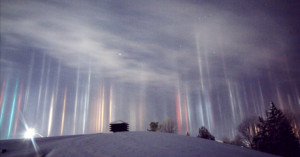
Photographer Timothy Joseph Elzinga was woken up by his 2-year-old at 1:30 a.m. last Friday when he noticed what looked like colorful auroras dancing in the night sky. After shooting a beautiful set of photos of what he saw, he learned that it was actually a phenomenon called "light pillars."
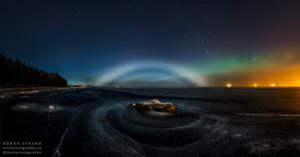
Over the years I've seen lots of different phenomena in the sky, but one that has been on my bucket list for quite some time is the very rare lunar fog bow. I've seen photos of it, but I've never managed to capture it in real life... until now.
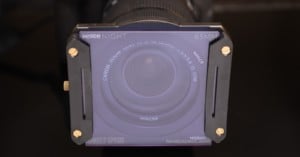
Light pollution is a drag for night sky photographers, usually requiring some post-processing magic in Lightroom or Photoshop to fix. But what if you could slap on a special glass filter that drastically cut down on the light pollution your camera sensor captures? Well... you can.
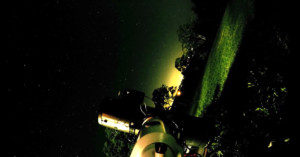
Instead of capturing a night sky time-lapse with the stars spinning overhead, Windston attached a GoPro HERO4 to his star-tracking telescope rig and shot the 1-minute video above that show's Earth's rotation in a different way.
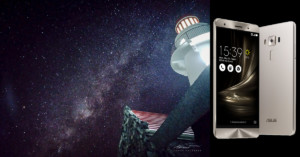
I just got back from Batanes as part of a large group of bloggers and other media people who were there to try out the photography features of the Asus Zenfone 3 line of mobile phones, courtesy of Asus Philippines. I was there mainly as a resource person on shooting the Milky Way, but I was intrigued about the possibility of pulling off Milky Way shots using a mobile phone.